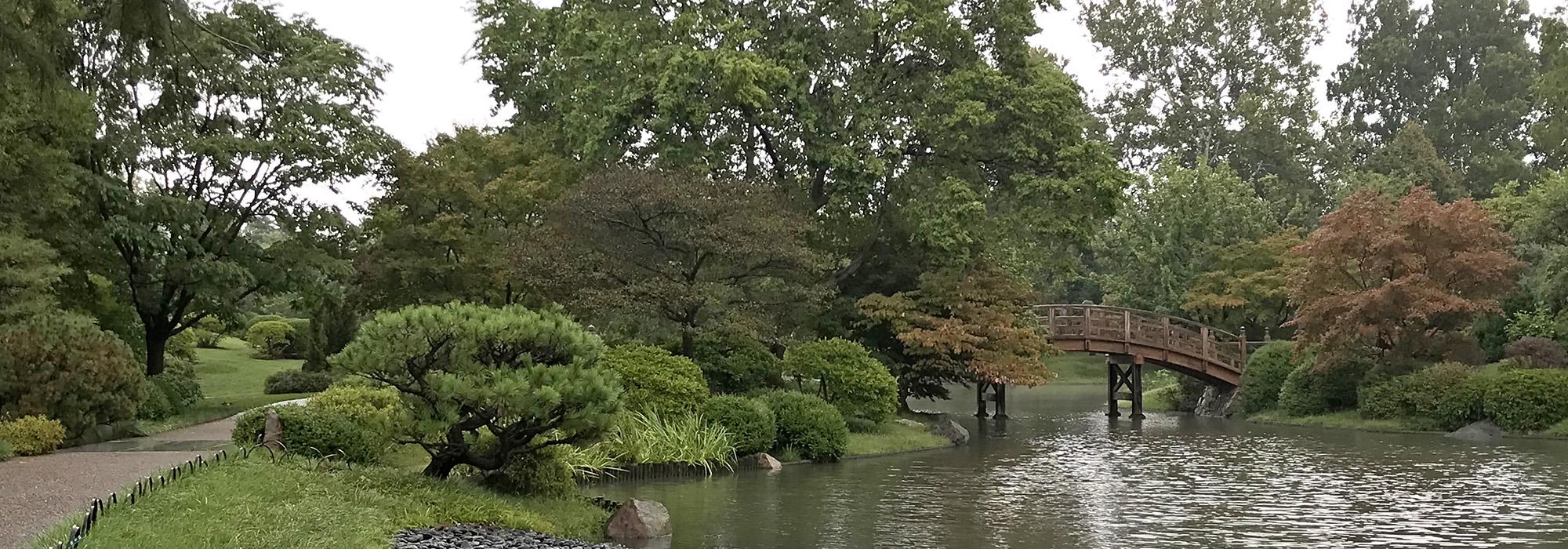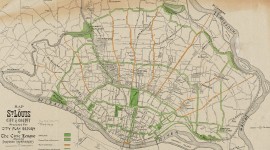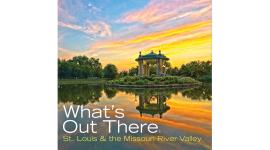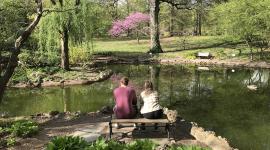Landscape Information
In 1972 the Japanese American Citizen's League proposed a Japanese garden to be constructed in the Missouri Botanical Garden. Supervised by Harriet Rodes Bakewell and designed by Koichi Kawana, Seiwa-en ("garden of pure, clear harmony and peace") reflects traditional aspects of Japanese gardens: hidden views, use of natural materials, irregular shapes, and blank canvases of color that induce the attentive mind to become lost in meditation. The landscape is authentic to the chisen kaiyu shiki teien, or “pond strolling garden” style of the late nineteenth century Edo period, featuring open lawns surrounding a large lake.
At fourteen acres, Seiwa-en is the largest traditional Japanese Garden in the western hemisphere. A meandering path leads visitors through minimalist plantings of chrysanthemums, peonies, azaleas, and cherry trees. There are bridges from which koi can be fed, dry gardens, and an island tea house. Streams and waterfalls empty into the landscape’s centerpiece: a four-acre lake with four islands that are formed to represent traditional Japanese symbols. Two of the islands are inaccessible, the tortoise and crane islands, which both represent longevity. At the Azumaya waiting bench (koshikake machial), guests can view the lake and rest shaded by plum trees.



















